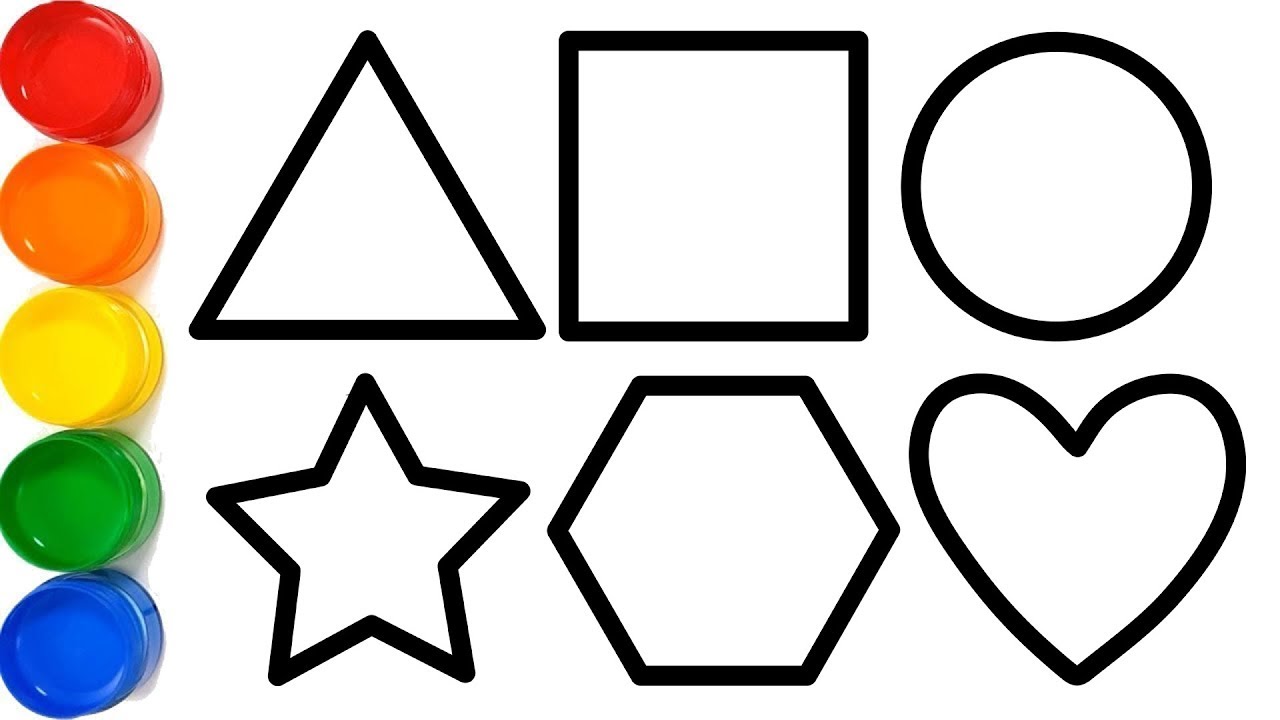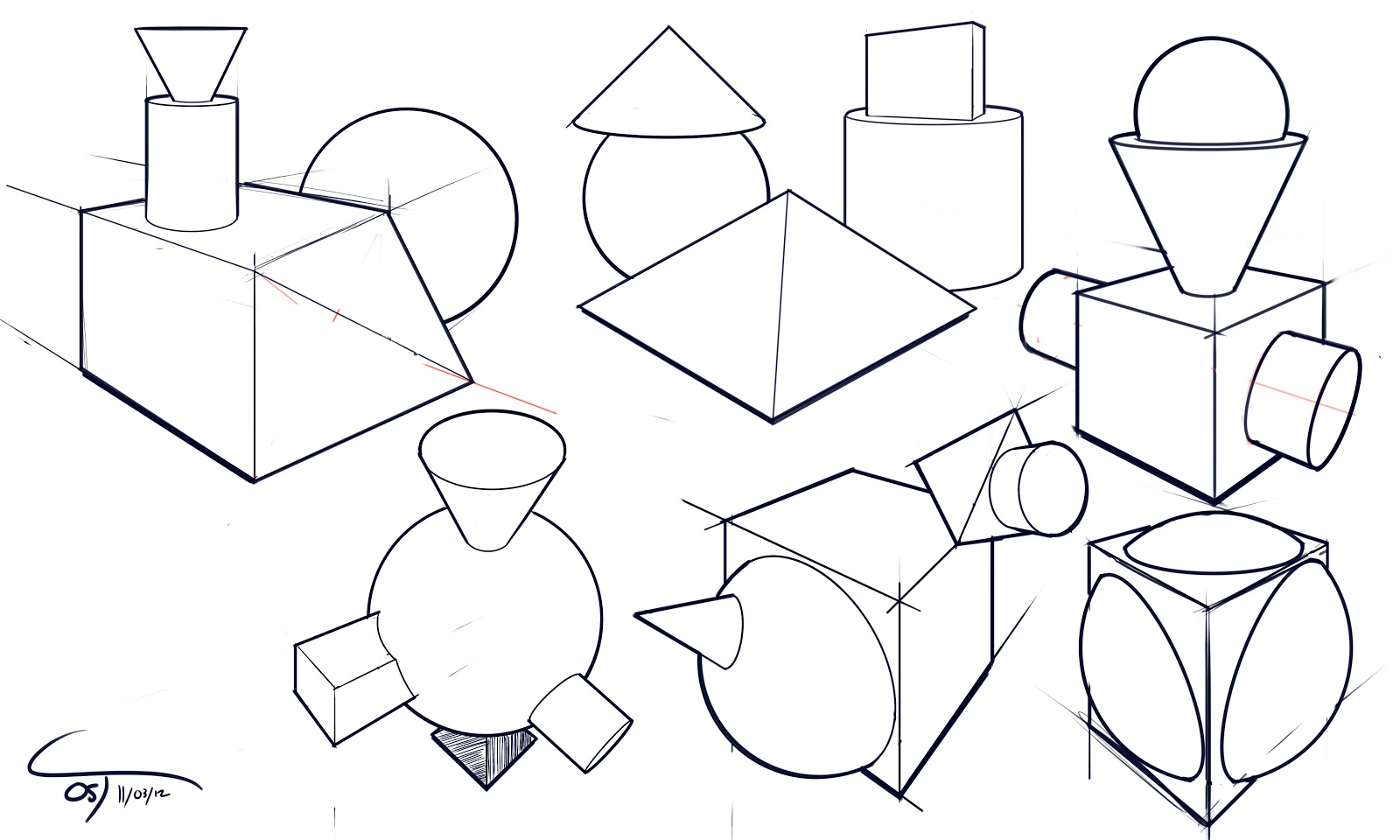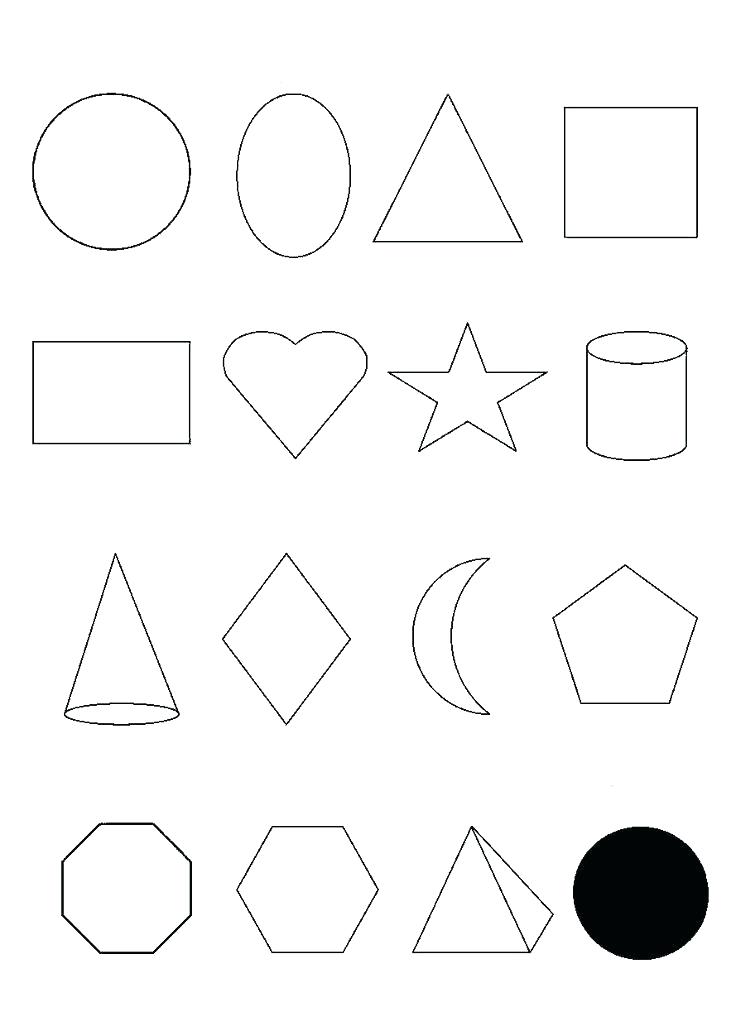Shapes draw drawing kids easy
Table of Contents
Table of Contents
Are you looking to learn how to draw shapes but don’t know where to start? Drawing can be a fun and rewarding hobby, but it can be frustrating when you’re struggling to get your shapes just right. Luckily, there are some tips and tricks you can follow to make drawing shapes easier and more enjoyable!
Pain Points When Drawing Shapes
One of the biggest pain points when it comes to drawing shapes is getting the proportions right. It’s easy to make a circle too oblong or a rectangle too squished. Another pain point is figuring out how to add depth and shading to your shapes to make them look more realistic. And if you’re drawing freehand, it can be challenging to keep your lines straight and your curves smooth.
Answering the Target: How to Draw Shapes
The key to drawing shapes with ease is to start with the basics. That means mastering the fundamental shapes – circles, squares, rectangles, triangles, and ovals – and understanding how they relate to each other. Once you feel comfortable with these basic shapes, you can start combining them to create more complex objects.
Additionally, it’s important to have the right tools on hand. A good set of pencils, erasers, and rulers can make a huge difference in your drawing ability. And don’t be afraid to use reference images – even professional artists use them to help with proportions and angles!
Main Points of How to Draw Shapes
When it comes to drawing shapes, there are a few key things to keep in mind:
- Master the fundamental shapes
- Understand how shapes relate to each other
- Use reference images as needed
- Invest in good drawing tools
Breaking Down How to Draw Shapes
For me, learning how to draw shapes started with practicing the basic shapes over and over again. I found that by using tracing paper, I could create multiple versions of the same shape until I felt confident with my freehand ability.
Once I had the basics down, I started playing around with combining shapes to create more complex drawings. I also started experimenting with shading and different line weights to add depth and texture to my shapes.
 Using Shapes in Your Art
Using Shapes in Your Art
Shapes aren’t just important in drawing – they’re also essential in other art forms, like painting and graphic design. Understanding the relationships between shapes can help you create more dynamic compositions, and knowing how to add depth and shading to your shapes can make your art look more lifelike.
Don’t be afraid to experiment with different shapes and combinations, and always remember to practice the basics!
Drawing Shapes in Graphic Design
As a graphic designer, understanding how to draw shapes is fundamental to creating effective designs. Shapes can be used to create everything from logos and icons to illustrations and infographics. When drawing shapes in graphic design, it’s important to keep the final output in mind. For example, if you’re creating a digital design, you’ll want to use vector shapes for scalability.
 #### Drawing Shapes in Painting
#### Drawing Shapes in Painting
Even if you’re not a painter, understanding the fundamentals of drawing shapes can help you appreciate the art form better. In painting, the use of shapes is crucial to creating balance and contrast in a composition. By understanding how to use shapes to create movement and rhythm, you can better understand the intention behind a painting.
Question and Answer Section
Q: What are some common mistakes to avoid when drawing shapes?
A: One of the biggest mistakes people make is not taking the time to master the basics. It’s important to practice drawing basic shapes until you feel confident with your ability. Another common mistake is not using reference images – even professional artists use them!
Q: What are some tips for shading shapes?
A: One technique is to start with a base color and then gradually add darker shades to create depth. You can also experiment with different line weights to create texture and dimension.
Q: What is the best way to keep lines straight and curves smooth when drawing shapes?
A: Using a ruler or a curved tool can help you keep lines and curves looking neat and polished. You can also try using tracing paper to practice drawing lines until you feel confident with your freehand ability.
Q: What are some examples of how artists use shapes in their work?
A: Artists use shapes in a variety of ways – from creating bold, geometric compositions to using organic shapes to add emotion and movement. Check out the work of artists like Wassily Kandinsky and Georgia O’Keeffe for some great examples.
Conclusion of How to Draw Shapes
Learning how to draw shapes is an essential skill for any artist or designer. By mastering the basics and understanding how shapes relate to each other, you can create more complex and dynamic compositions in your work. Remember to practice the fundamentals and use reference images as needed, and don’t be afraid to experiment with different shapes and techniques. Happy drawing!
Gallery
Download How To Draw Shapes Easy Drawing For Kids Mp3 Mp4 3gp Flv

Photo Credit by: bing.com / shapes draw drawing kids easy
Drawing With Shapes | Free Download On ClipArtMag

Photo Credit by: bing.com / shapes drawing coloring clipartmag
Simple Shapes Drawing At GetDrawings | Free Download

Photo Credit by: bing.com / shapes simple sketch drawing d05 pyramid cube getdrawings complx deviantart
Basic Shapes Drawing At GetDrawings | Free Download

Photo Credit by: bing.com / shapes drawing basic coloring oval kids pages printable shape getdrawings printables
Drawing With Shapes | Free Download On ClipArtMag

Photo Credit by: bing.com / shapes drawing clipartmag





